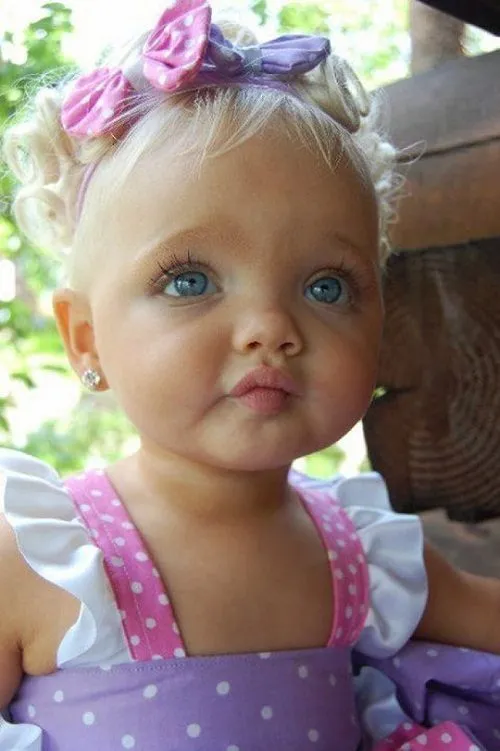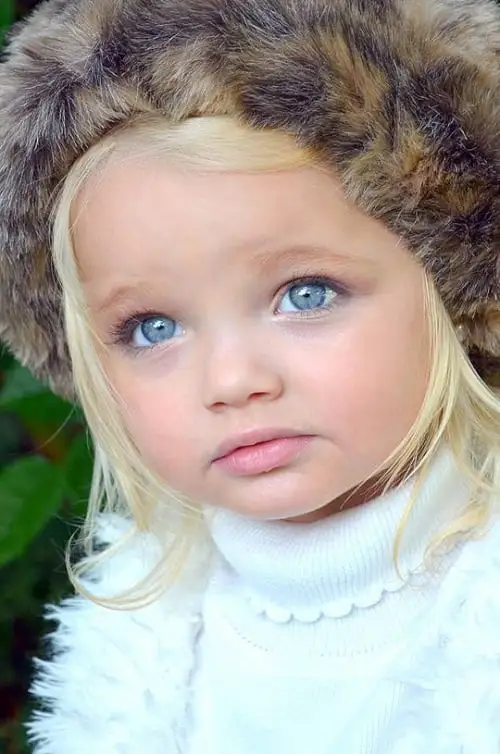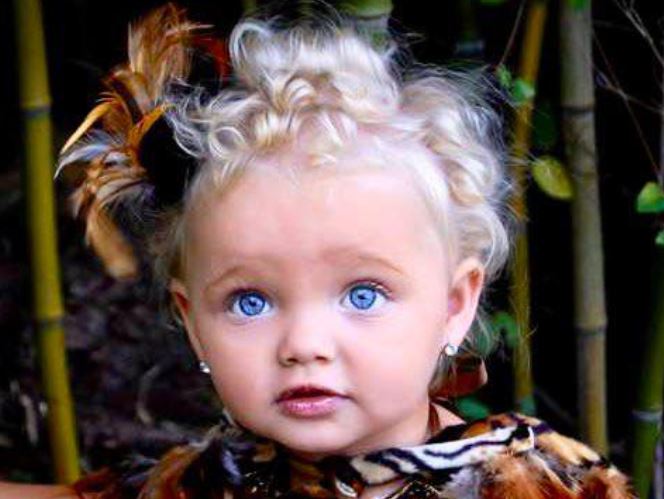In the beginning of Aira’s story, she looked like a doll, and the world fell in love with her at just two years old. She became a fashion star right away because of her wide eyes, flawless skin, and perfect body shape. Photographers and modeling scouts fought over her attention, and her parents, excited about the chance to get rich and famous, pushed her to become a model.

Aira’s face was on billboards, magazines, and blogs all over the world, making her a worldwide star. Even though she seemed perfect, Aira’s life was anything but normal. Aira’s friends played, learned, and grew while she posed for designers, went to meetings, and faced the cameras.

But as Aira got older, her body started to change, and she stopped looking like a doll over time. The business world stopped loving her as much, and opportunities dried up. The fame that was once huge slowly faded away.

Aira seemed eager to shed her “real-life doll” image, which was a surprise. Her web profile no longer shows that she used to be a model. Instead, it shows bits of her more normal life.
Aira rarely talks about her early fame, and when she does, she does so distantly, as if it belonged to someone else. Her story makes you think deeply about what it means to be a kid star. Fame opened up new doors for her, but it also took away her carefree youth and put her in the harsh light.

Today, Aira has changed in more ways than just how she looks. She has taken back her identity and is now able to function in a world that used to see her as nothing more than a live doll. People can learn from her story about how complicated fame and youth can be.
We should think about the long-term effects of youth fame after reading Aira’s story. Will her past always follow her, or has she really moved on? What will happen in the end is unknown, but one thing is for sure: Aira’s story is a strong warning about the two sides of early fame.


